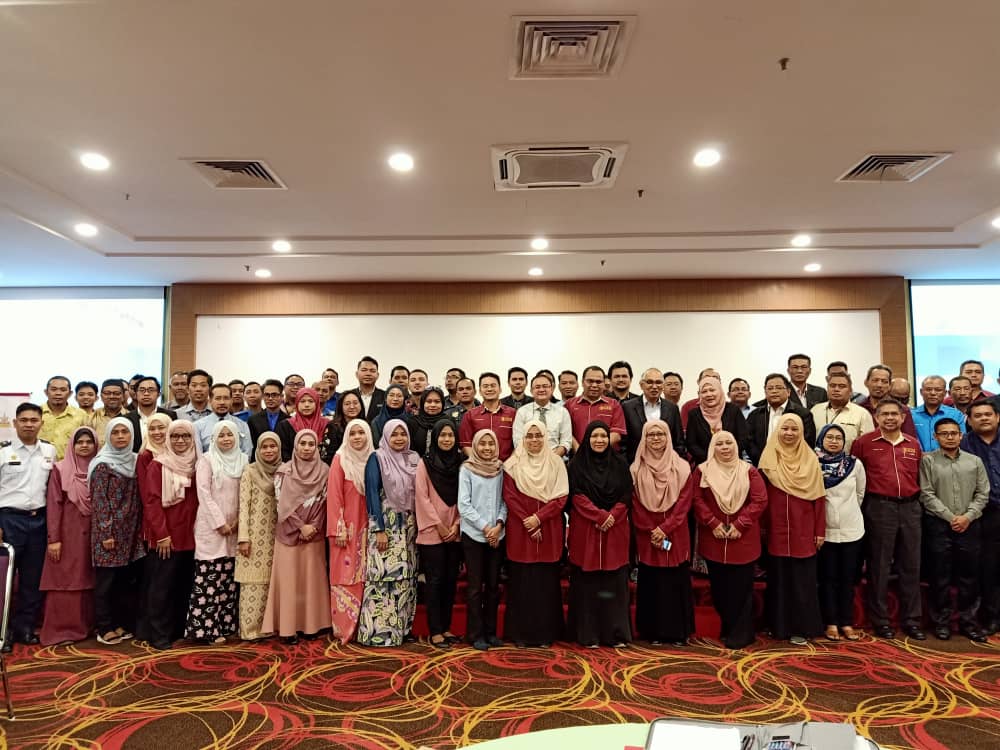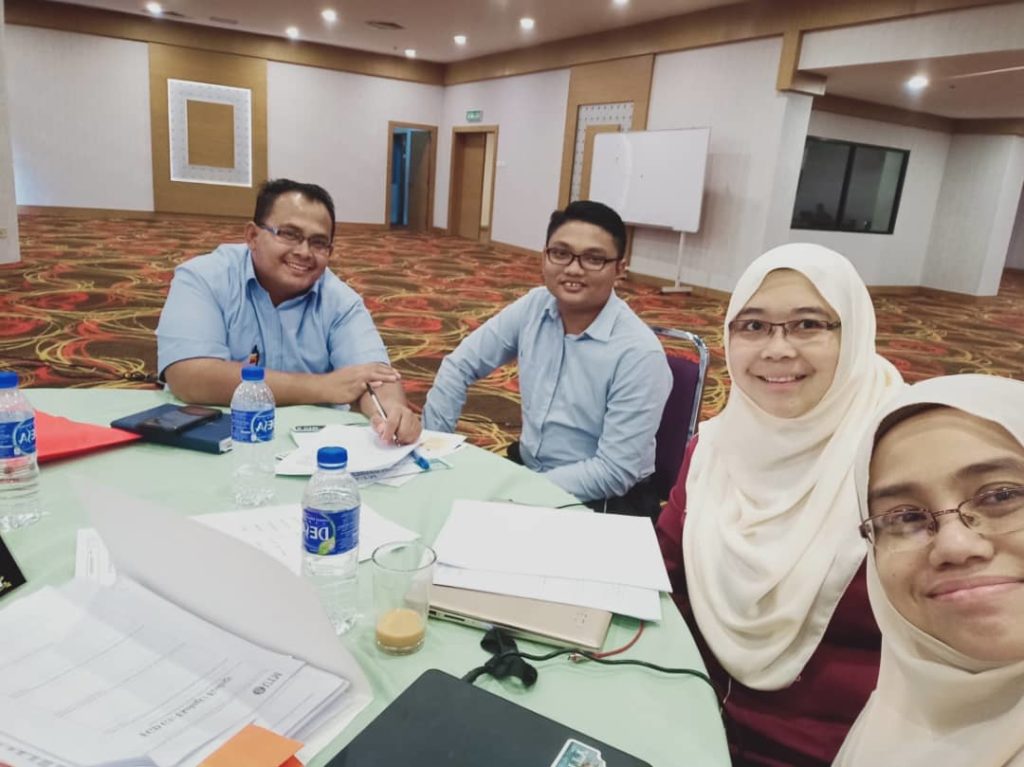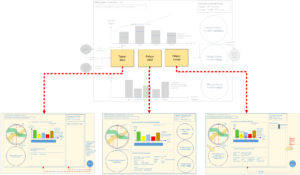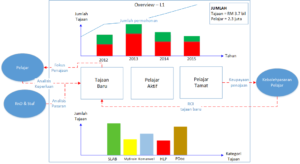Alhamdulillah, dengan kerjasama SUK Selangor dan Selangor Disaster Management Unit (SDMU), sebanyak 56 agensi yang terlibat hadir untuk FGD. Kajian ini adalah merupakan sebahagian element bagi Geran UTM-RDR 8.1. Big Data Analytics Framework Towards Strengthening Disaster Risk Reduction.

Antara tujuan bengkel ialah untuk mengenalpasti data-data yang ada dan diperlukan untuk membuat unjuran bagi mengurangkan risiko bencana di negeri Selangor. Selain itu, adalah penting untuk memahami proses kerja dan wishlist bagi mengurangkan risiko bencana.

Bersama dengan Mdm Yazriwati Yahya, Team 3 bersama ADO Klang dan Tok Penghulu Pulau Indah banyak insight yang dikongsi bersama. Baru kami faham tentang kepentingan SDMU sebagai unit fokus membantu menyelesaikan bencana.



